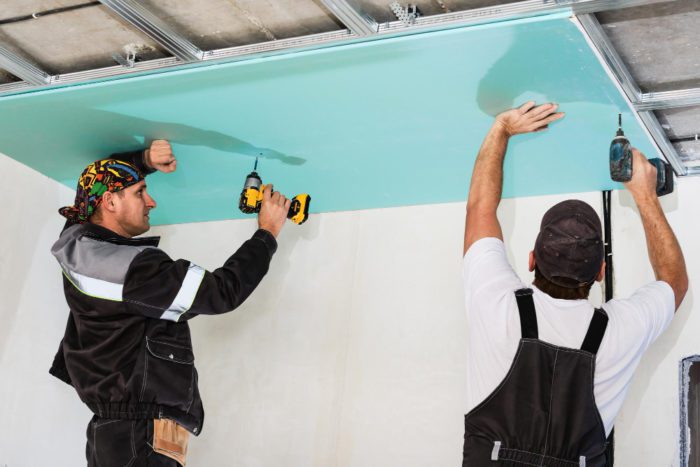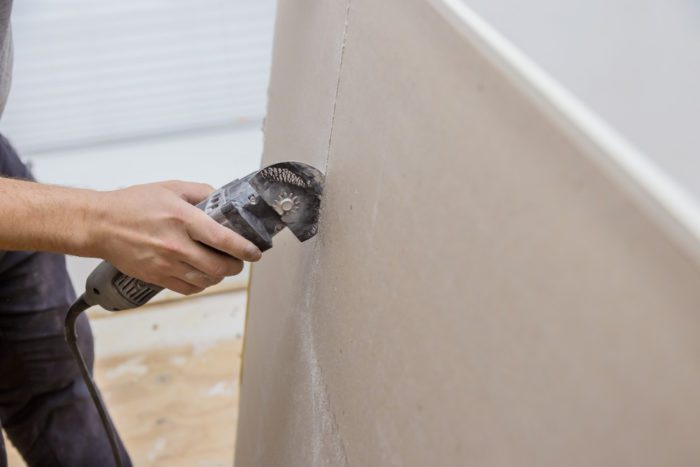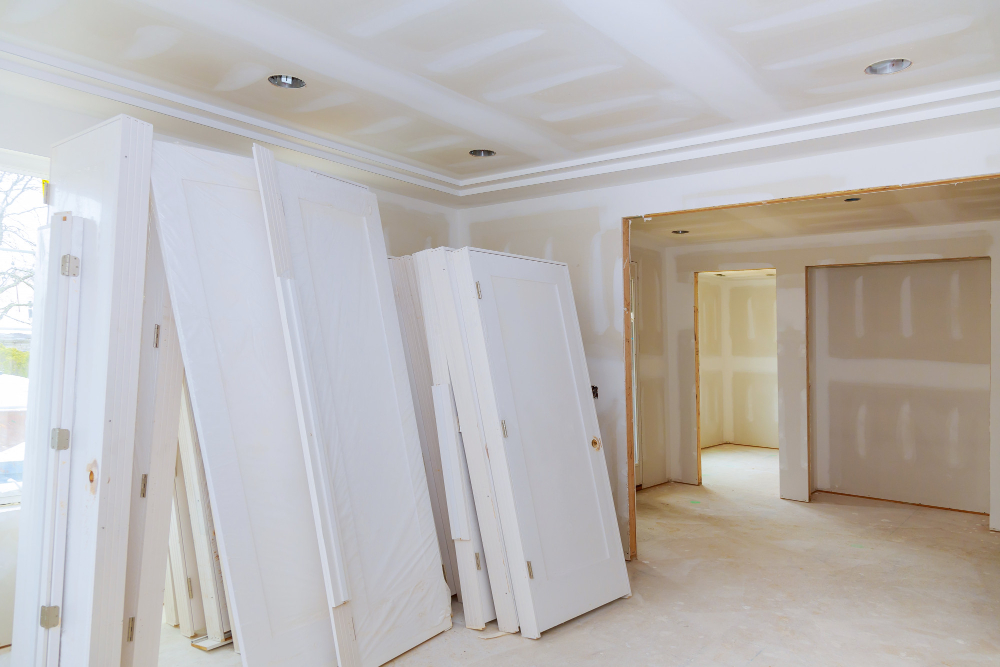Every living being requires energy to survive. Whether it’s humans or wild animals, we all have our sources of food. Ever wonder about the feeding sources of tiny creatures like termites?
This article will give you insight into termites’ feeding patterns and will answer the most important question, do termites eat drywall?
What is the science behind it and whether their feeding pattern is harming us or not? Even if it does, are there any ways to prevent it? And if yes, what are those?
Important Note: If you're tired of pests and want a reliable solution, then you should definitely consider seeking help from a professional pest control company. DIY solutions can be effective, but if you're dealing with a significant pest infestation, you don't want to rely solely on DIY methods. Pest control companies typically don't charge huge fees. You can fill out this form to receive free quotes from the top local pest control companies, and compare the quotes and see for yourself. Then, finally, your pest problems will be eliminated for good.
We will cover everything related to the prevention measures, so make sure to stick till the end!
Is Drywall and Sheetrock Same?

The very first thing to make ourselves clear about is whether drywall or sheetrock are the same or not.
Drywall is used for making interior walls and can be referred to as plasterboard or wallboard.
On the other hand, Sheetrock is the brand name of drywall. This brand has a variety of drywalls distinctive in types and sizes.
Do Termites Eat Drywall?
Yes, they do. The main feeding material for termites is cellulose. Cellulose is a naturally occurring substance responsible for providing plants with their rigid structure.
Drywalls have plaster panels covered in paper, which has cellulose in it. This is what attracts termites towards drywalls.
Signs of Termites Eating Drywall
The signs of termite damage depend on their variety. Drywood termites usually create kick holes, i.e. tiny pinpoints on the wall. Fecal matter is disposed of through these holes.
Subterranean termites create mud tubes acting as a highway between their colonies and sources of food.
These both are the common signs of Termites’ attack on walls and ceilings.
Damage and Repair

Damage caused by termites often goes undetected. This delay in detection worsens the damage. Wooden baseboards, joints and drywall, including the structural supports of our houses, are always at risk of getting damaged by them.
Their repairs come with a huge price tag as well and most of the time, it doesn’t even have an insurance cover as the companies believe it can be prevented.
Though many companies still offer damage cover so, if possible, it is advisable to go for insurance cover, to offset at least some expenses.
How to Protect Your Drywall From Termites?
There are a few steps you can take to protect your home better:
- Eliminating moisture is the best way as it attracts termites to a large extent.
- Leaks should be checked as they may increase the amount of moisture in our roof and wall.
- Wooden items should be kept away from the soil to prevent attacks on termites.
- If the item is already infected by termites, it should be kept in sunlight to remove the rest of the termites and to prevent further damage.
Conclusion
Looking at the damage caused by termites, the ideal thing is to take all necessary precautions to avoid an infestation.
Apart from the steps we talked about in this article, it is important for you to be alert as well. Keep your eyes open for any signs of termites in your house and take action as soon as possible, to prevent any losses you might suffer.
We hope this article helps you with that!

